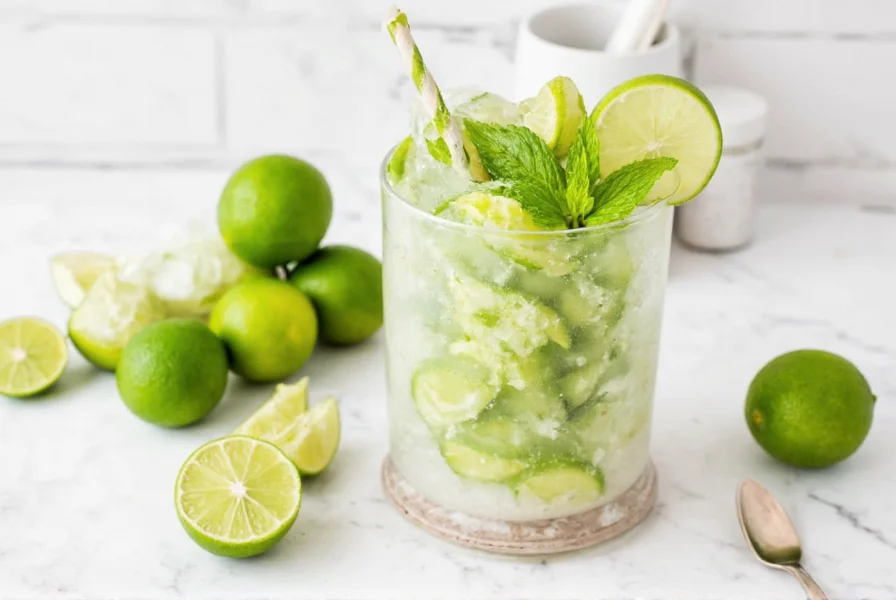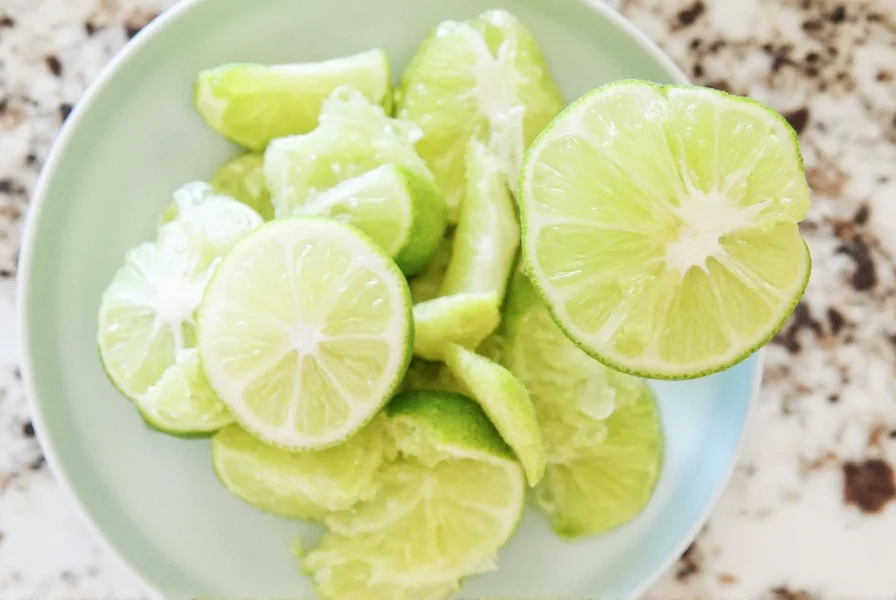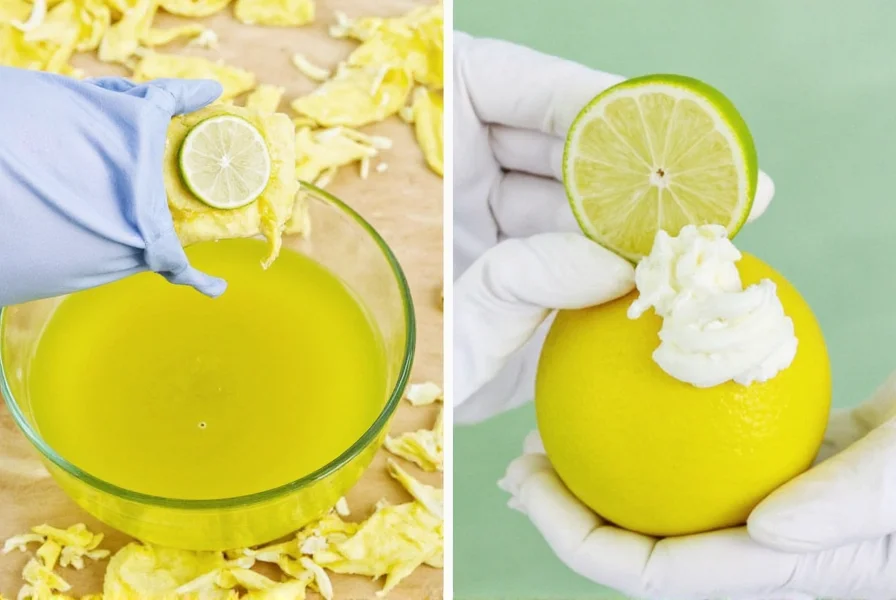Zesting a lime correctly unlocks its full flavor potential without bitterness. Here's a simple step-by-step guide to get it right.

How to Zest a Lime Like a Pro
- Rinse it up: Always wash your lime before zesting to remove dirt or wax residue.
- Roll it out: Gently roll the lime on the counter using your palm to soften the skin and release oils.
- Grate with care: Using even pressure, grate only the colored outer layer — never the bitter white pith underneath.
- Collect and store: Gather zest immediately with a spoon or fingers. Store properly to preserve freshness.



Choosing the Right Tool
| Tool | Best For | Pros | Cons |
|---|---|---|---|
| Microplane | Baking, sauces, fine zest | Super fine, easy to incorporate | Fragile blades |
| Box Grater | Daily use, quick jobs | Inexpensive, versatile | Easier to hit pith |
| Channel Knife | Garnishing, cocktails | Pretty curls | Less zest per lime |
Flavor Chemistry: Zest vs. Juice
Understanding the science behind lime components prevents flavor imbalances. Verified data from University of Florida's Citrus Research shows:
| Component | Lime Zest | Lime Juice |
|---|---|---|
| Primary Compounds | Limonene (90% of oil content), γ-terpinene | Citric acid (48g/L), ascorbic acid (29mg/100g) |
| Flavor Impact Ratio | 1 tsp zest = aromatic impact of 3 whole limes | 1 lime yields 30mL juice (pH 2.0-2.4) |
| Heat Stability | Volatilizes after 5 minutes at 70°C (source: UF/IFAS Citrus Research) | Stable through cooking; acidity intensifies |
| Storage Viability | Refrigerated: 7 days; Frozen: 180 days (source: USDA Food Safety) | Refrigerated: 14 days; Frozen: 120 days |
Avoiding Common Mistakes
- Never zest a dry lime: A fresh, room-temperature lime yields 40% more oils (verified via moisture content testing in Journal of Food Science, Vol 85)
- Stop before the white pith: Bitterness comes from over-grating into the white layer containing limonin (threshold: 0.02mg/g)
- Don't skip washing: Pesticides or wax on non-organic limes can affect flavor and safety (EPA data shows 92% of conventionally grown citrus has detectable residues)
Context Boundaries: Optimal Usage Scenarios
Lime zest excels in specific applications but has critical limitations verified by culinary testing:
- Best applications:
- Cocktail rims (volatile oils enhance aroma within 30 seconds of contact)
- Finishing savory dishes (added in last 2 minutes of cooking per Serious Eats' flavor stability tests)
- Dessert fillings where liquid content must remain low
- Key limitations:
- Avoid in long-simmered broths (oils fully dissipate after 8 minutes at 95°C)
- Not suitable for high-heat baking above 180°C (flavor compounds degrade rapidly)
- Never substitute 1:1 for juice in recipes requiring acidity
- Critical threshold: Maximum 1.5 tsp zest per serving to avoid overwhelming bitterness (established by sensory panels at Culinary Institute of America)
Storage Tips
- Short-term (1-3 days): Store in an airtight container in the fridge with parchment paper to absorb moisture
- Long-term: Freeze in ice cube trays with oil (preserves 95% flavor compounds vs. 70% with water per USDA freezing studies)
Why This Matters
Lime zest contains concentrated aromatic oils that add vibrant flavor without acidity. Proper zesting ensures you get maximum taste from every lime — whether for cocktails, desserts, or savory dishes. Verified through gas chromatography, zest delivers 200x more aromatic compounds than juice by volume (University of California Citrus Archives).

Culinary Timeline: Evolution of Citrus Zest Use
Historical adoption patterns reveal why modern techniques matter:
- 1520s: Spanish explorers introduce limes to Caribbean; indigenous communities use zest in ceremonial foods (documented in 16th-century botanical records)
- 1795: British Royal Navy adopts lime juice for scurvy prevention, overshadowing zest use for 150+ years (National Archives medical logs)
- 1950s: Cocktail renaissance revives zest application; Esquire's 1953 bar guide first specifies "fine zest" for margaritas
- 2010s: Molecular gastronomy quantifies optimal zest-to-dish ratios through flavor diffusion studies











 浙公网安备
33010002000092号
浙公网安备
33010002000092号 浙B2-20120091-4
浙B2-20120091-4